These six pilot projects are making fishing more sustainable
Environmental Defense Fund’s Smart Boat Initiative is exploring new ways to revolutionize sustainable fishing in the digital age.
1. Estimating the number of boats in a fishery
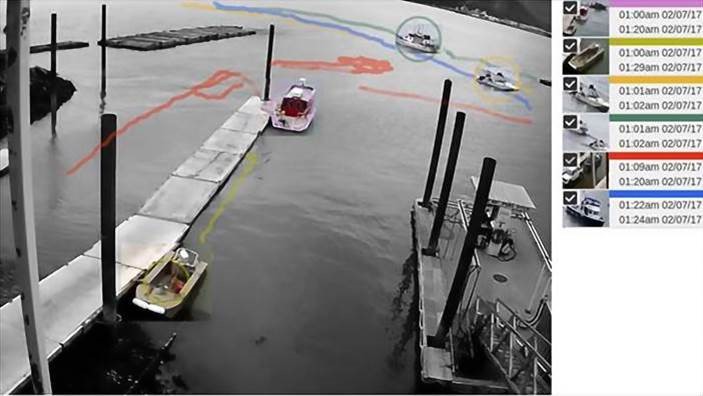
- Impact: Real-time estimation of vessel-level fishing effort
- How: AI and next-generation cameras quantifying fishing activity
- Technology: Camera system with artificial intelligence
- Where: Lampung Province, Indonesia
EDF is developing a smart camera system that can be strategically placed at the entrance to harbors, boat launches and marinas to automatically identify and count fishing vessels in real-time. Using sophisticated algorithms powered by artificial intelligence, the pilot project calculates how many fishing boats are on the water in order to estimate how many fish recreational anglers are catching. These data can then supplement what is recorded by state and federal authorities in order to get a more accurate picture of the impact of recreational fishing on fish populations.
This technology also has tremendous potential in both recreational and small-scale commercial fisheries where information effort is often lacking. We are currently scoping small-scale commercial opportunities in Lampung Province, Indonesia, where this technology could be used to help estimate catch in the blue swimming crab fishery — an important fishery for the economy and nutrition needs of local fishing communities. And we are scoping this technology for use in a number of state-managed recreational fisheries where more accurate effort information would be a tremendous benefit to fishery managers and stakeholders.
2. Using AI and the web to reduce costs and improve reporting
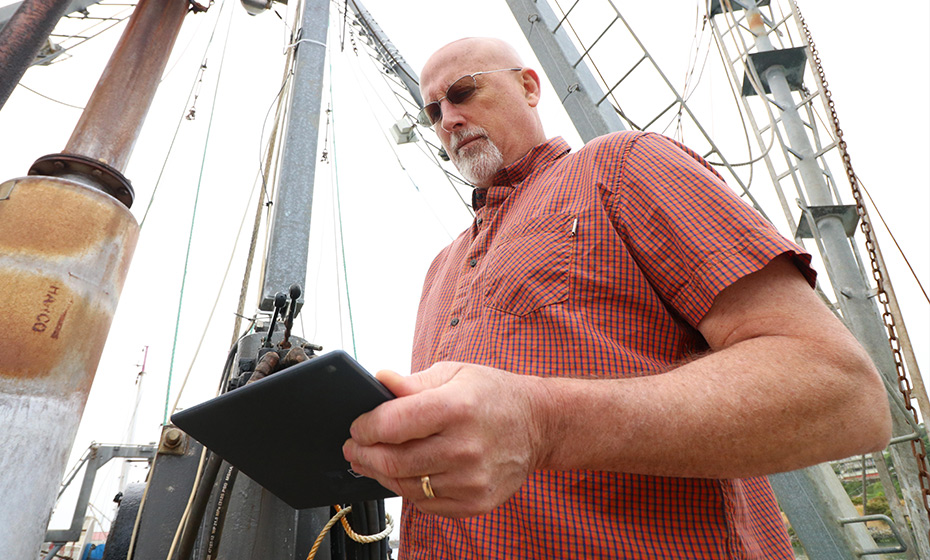
- Impact: Reduce costs for electronic monitoring
- How: Activity recognition and wireless transmission of data for real-time fisheries management
- Technology: AI and cloud-based records
- Where: United States
EDF is building on a project it launched in 2018 to move the fishing industry toward cloud-based recordkeeping, streamlined data review and real-time information flow to improve overall fishery management and sustainability. This pilot project is aimed at dramatically reducing electronic monitoring costs while improving management by creating a new data management system that relies on wireless transmission of all data. This new approach replaces the antiquated practice of mailing removable hard drives to analysts, resulting in near real-time access to fishing data. In addition, activity recognition through AI can conduct most of the costly and time-consuming review tasks and minimize the amount of data that need to be stored and transmitted.
This pilot, if successful, would overcome key barriers to electronic monitoring by reducing human review and data storage costs, and make the technology more seamless and efficient for fishermen and regulators in the United States. These advances would then serve as a powerful example for fisheries all over the world.
3. Increasing efficiency on-the-water

- Impact: Improve sorting efficiency
- How: Automated video review for cost-effective monitoring
- Technology: Artificial intelligence
- Where: West Coast, United States
Artificial intelligence that can identify fish to species level is quickly becoming a reality. EDF is using this cutting-edge technology to prove that it can lower costs while also enhancing fishing sustainability through a pilot project in the bottom trawl sector of the Pacific groundfish fishery.
The goal is to develop a camera system coupled with AI software capable of recognizing common discard species in the fishery. Instead of having to hand sort each species in separate containers and weigh them, as fishermen do now, the system would enable the crew to put all the discards together onto a belt. An overhead camera would register the species and estimate weight as it passes beneath the camera. This system would speed sorting time, while also helping protect the quality and freshness of the marketable fish. It will also be a massive step toward fully automated EM systems, which will dramatically reduce cost and make accountability much more widely available for fisheries globally.
4. Using tech, like apps, to work smarter
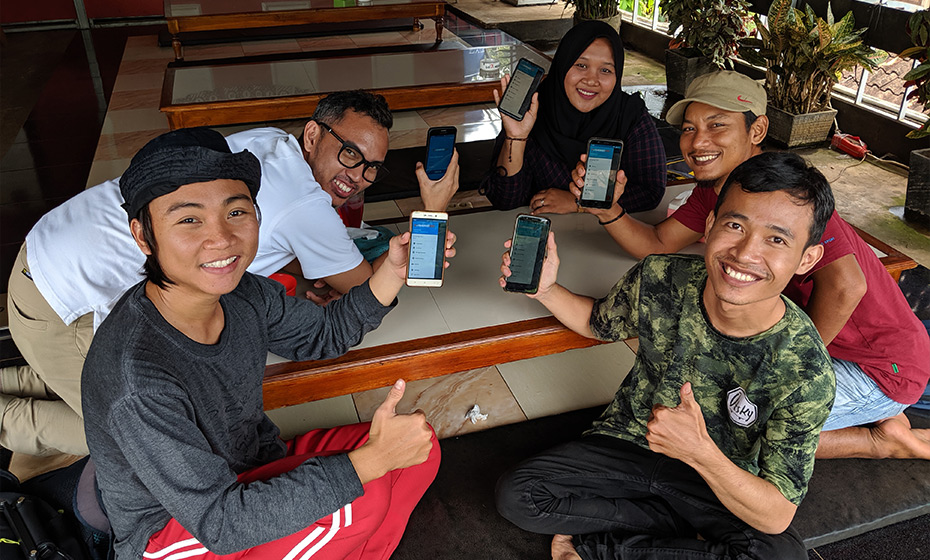
- Impact: Improved data collection efficiency, reduced errors
- How: Electronic reporting in fisheries
- Technology: Smartphone app
- Where: Lampung Province, Indonesia
EDF is currently working in Indonesia to simplify and automate the information collection process in the blue swimming crab fishery in order to improve accountability and accuracy costs. Currently, enumerators collect information in paper notebooks and then transcribe these data into the electronic format, which is extremely time-consuming and prone to transcription errors.
Working with the University of Lampung, fishery managers, local data collectors and our partners Vericatch, we are developing a smartphone app to collect and transmit data to managers. The app enables the digital collection of all government-mandated data, thereby increasing data collection efficiency, reducing transcription errors and providing the information needed to create better management outcomes for this fishery in the future.
5. Working toward eco-certification
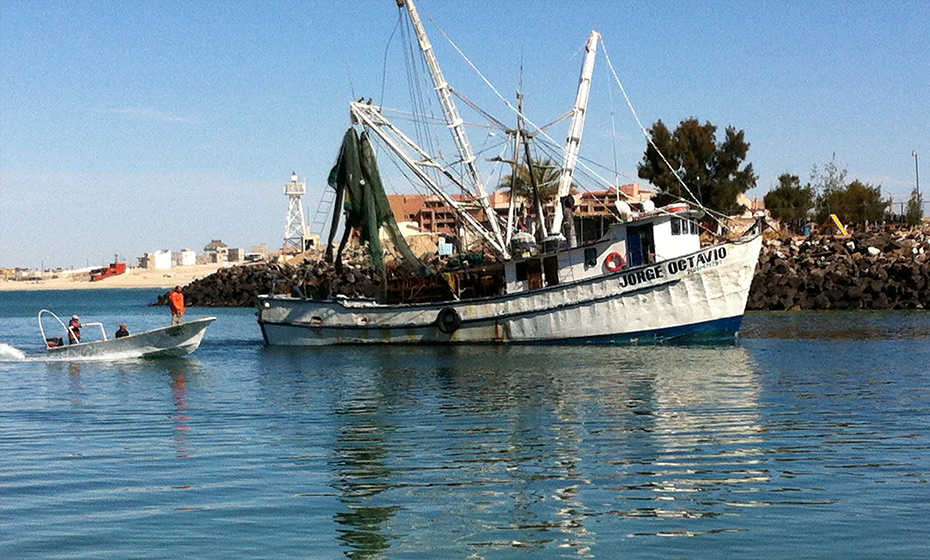
- Impact: Regulation compliance and accurate reporting
- How: Accountability and value for fishermen
- Technology: Various
- Where: Gulf of California, Mexico
Technology can play a central role in developing a more sustainable and higher value hake fishery in the Gulf of California in Mexico. EDF is working with the government and fishermen to develop a new fisheries management plan and a companion set of regulations in this fishery for the first time ever, many of which depend on technological innovations to succeed.
Fishermen are looking to technology to help them comply with new regulations and fully document their catch — including satellite tracking coupled with online catch accounting, EM and reporting. This compliance would facilitate the possibility of eco-certification, where Mexican hake could demonstrate full traceability. In addition, low-cost refrigeration techniques and sensors to ensure the fish are kept at appropriate temperatures throughout processing will reduce waste and help fishers command a higher price for a premium product in both domestic and export markets.
6. Providing market pricing insight
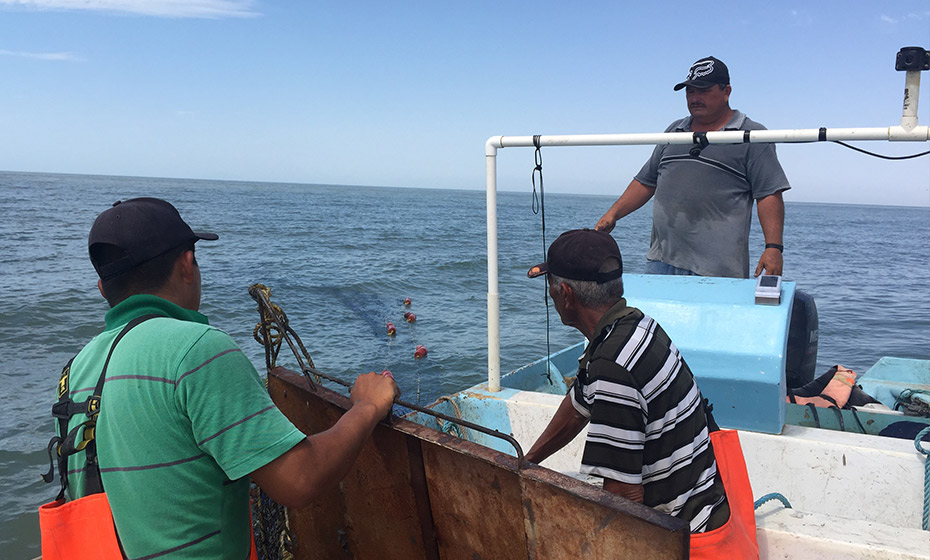
- Impact: Better management practices through the reduction of market asymmetry
- How: Economic and social well-being for fishermen
- Technology: Real-time market pricing
- Where: Gulf of California, Mexico
Most small-scale fishermen in Mexico have no idea what their catch fetches on the retail market, so their ability to negotiate with the middlemen for a fair price is almost non-existent. That’s why EDF ran a pilot in 2015 to bring real-time market pricing to any fisherman with an SMS-enabled phone.
Price data were collected at La Nueva Viga in Mexico City — the second largest fishing market in the world — and then broadcast through an SMS platform to fishermen in real-time, giving them market leverage where none existed before. Our goal is to replicate this experience in Mexican fisheries nationwide, taking advantage of mass SMS machines and a partnership with La Nueva Viga, so fishers can unlock better management practices through simple actions like sending a text message to discover market trends and opportunities, and especially through reducing the asymmetry of information.
MEDIA CONTACT
Sara Carney
(713) 435-9585 (office)










